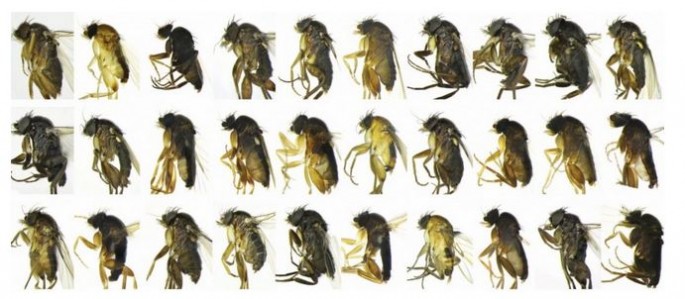After this discovery, they'll be calling the Los Angeles, the City of Angels, the City of Flies.
Entomologist Emily Hartop, who works for the Los Angeles's Natural History Museum, has discovered 30 previously unknown species of fly in the city. The flies were all captured during a three-month hunt in backyards and gardens.
Unable to match these flies with known species, Hartop and her colleagues created their own keys for the 30 new kinds of fly. They took detailed anatomical notes and minuscule photographs of the varied but grotesque insects.
Each new fly was named for a family or site in the city where it was found. Among the names given to the new flies are Megaselia severorum, named for the family that funded the research, Megaselia mikejohnsoni and Megaselia armstrongorum. You get the drift.
"It's one of those situations where you have to keep pinching yourself," Hartop told The Washington Post.
"I'd be less surprised to find hundreds of new species of Megaselia (a common genus of fly) at a remote site in Costa Rica than I was to find 30 new species right here in L.A."
The new species were discovered during the Natural History Museum's BioSCAN project (Biodiversity Science: City and Nature) launched in 2012. The project was the result of a bet by a museum trustee that didn't believe principal investigator Brian Brown could discover a new fly species in L.A.
Brown said he always thought they had the potential to discover new species wherever they sampled, be it urban or tropical.
"But 30 new species from a heavily urbanized area is really astounding," Brown said.
Hartop and her volunteers distinguished among the new species of fly mostly based on the fly's genitalia.
"Cosmopolitan species are really understudied," she said. "You have this age-old problem of scientists who want to study the world around them -- but by 'the world around them,' they really mean someplace exotic like the tropics or some beautiful mountaintop. Unfortunately, a lot of scientists haven't actually studied the cities where they live."
The discovery will be published in the journal, Zootaxa, in April.



























